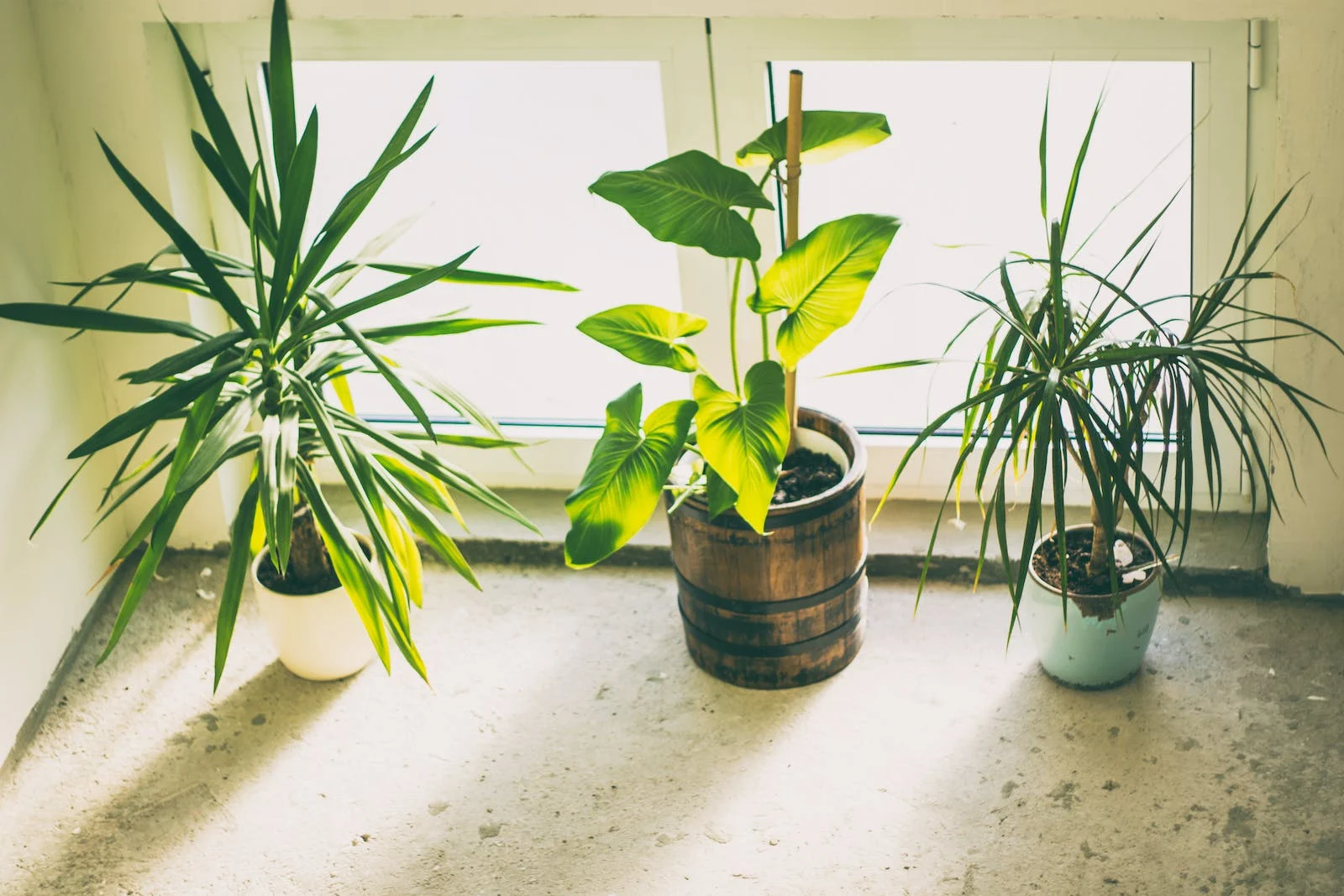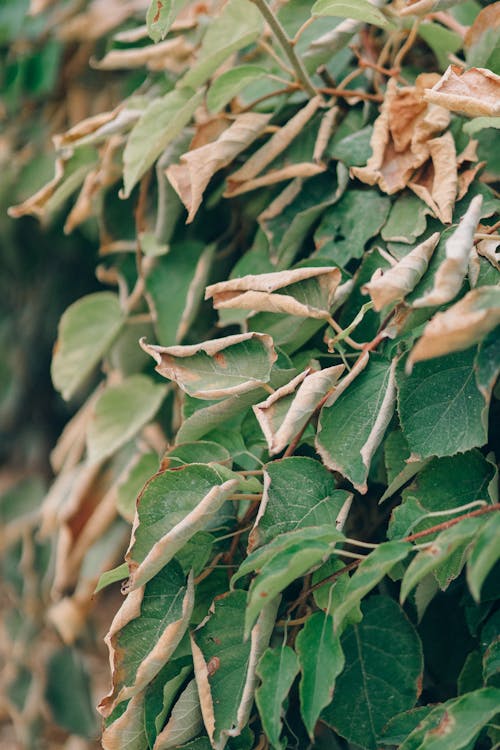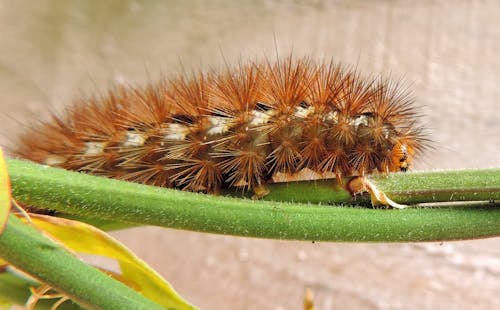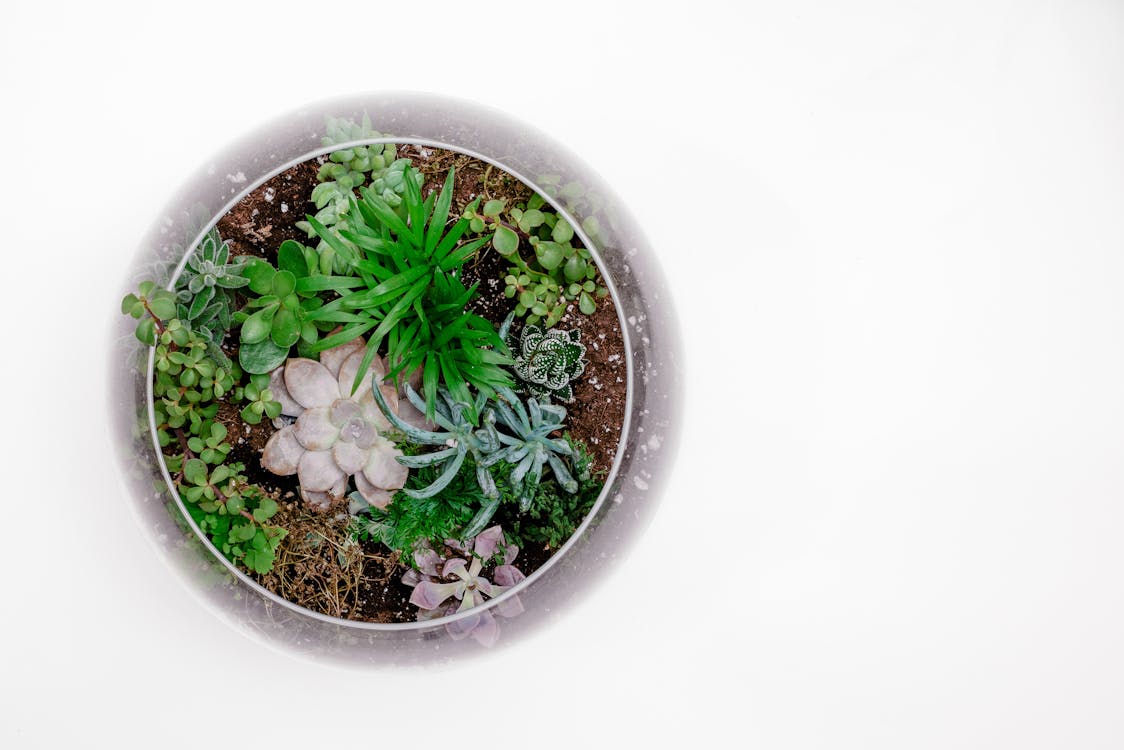
How To Fix Yellow Leaves On Plants
How do you fix yellow leaves on plants?

A healthy plant typically has green leaves, well, except for plants with variegated leaves. Knowing this, it is easy to determine that a plant could be distressed when it has yellowing leaves. Experienced plant owners may have seen this happen to their plants a few times.
As long-time or new plant owners, you may not understand why this happens as well as what signs to look out for to prevent yellowing leaves. In this article, you'll get to know why your plant's leaves sometimes turn yellow. You'll also learn how to fix it.
Why do leaves turn yellow and how to fix yellowing leaves
The green leaves on plants are a result of a pigment called chlorophyll. When the pigment is lacking, the leaves begin to turn yellow. This phenomenon is called chlorosis. Here are some common reasons why leaves turn yellow.

Overwatering
Although plants need water to thrive, too much of it may result in rot. In overly wet soil, the roots find it hard to breathe. They suffocate and stop delivering nutrients and water to other parts of the plants.
Green leaves turning yellow is one of the first signs of overwatering. Other signs of overwatering include an offensive odour emanating from the plant. Also, you may have some roots projecting out of the soil, in a bid to avoid suffocation.
How to fix it: opt for well-draining soil and containers with drainage holes for your potted plants.
Underwatering
Too little moisture is just as bad as having too much moisture. If you neglect a plant for a long time and the leaves are yellowing, it is most likely because they need water. Other signs of too little moisture include poor growth and parched soil.
How to fix it: Water the plant consistently.
Compacted roots

Roots transport nutrients to other parts of a plant, the same way the veins transport blood to the parts of the human body. When the roots of a plant are in bad shape, leaves may start turning yellow. This is because nutrients no longer circulate within the plant.
How to fix it: Pull out the plant and observe the roots directly. If it is significantly compacted, you may need to repot the plant. Repotting involves removing a plant and placing it in a larger or smaller container. In cases of compacted roots, a bigger container might be just the thing to give the roots more space and make yellow leaves turn green.
Lack of nutrients
Just like humans, plants need specific nutrients like Nitrogen, phosphorus, and potassium. Nitrogen deficiency results in green leaves turning completely yellow. Potassium deficiency causes the yellowing of leaf edges.
How to fix it: Adding fertilizer to the soil can fix nutrient issues.
Insufficient light
Light is an important factor in growing plants. Too little light affects the process of photosynthesis. This, in turn, affects the plants, causing the leaves to turn yellow.
How to fix it: Although natural light is the best for plant growth, there are instances where sunlight exposure is impossible. In such cases, artificial light can come to the rescue. Artificial light sources include fluorescent, high-pressure sodium, incandescent, metal halide, and LED lamps.
Too much fertilizer
Although fertilizer is great for plants, too much of it is bad. It disrupts the soil ecosystem, hinders plant growth, and causes yellow leaves. Other signs that accompany this problem include wilting foliage, root rot, leaf drop, and so on.
How to fix it: Remove the fertilizer present on the surface of the soil. Next, water the soil. Do not attempt to add more fertilizer until after a month.
Pest Infestation

Pests are destructive. Although a few bugs won't cause any harm to your houseplants, if left untreated, they will multiply and cause harm. The most common pests include Aphids, mites, and mealybugs.
The pests may damage a plant's roots and affects nutrient absorption. This, in turn, results in a plant's yellow leaves.
How to fix it: Mites and a few other pests are easy to get rid of by intense flowing water. Others may require chemicals or need oil to fix.
Too much cold
Tropical plants thrive in warm environmental conditions. If you place such plants in places with cold temperatures, do not be surprised when begin to see yellow leaves.
Some other plants are sensitive to temperature changes. In such cases, they suffer when they are placed close to a door or a vent.
How to fix it: If it's a tropical plant, find a warmer location for it. Also, take the time to understand the kinds of plants you have and the temperature level suited to them.
Plant Diseases
Plants fall ill too. Diseases that result in yellow leaves include leaf spots, rust, mosaic virus, and black spot.
How to fix it: You may need to dispose of the diseased plant before they affect the healthy ones. You may also reach out to a plant doctor for diagnosis and informed interventions.
Conclusion

Even a master gardener can experience their plant's leaves turning yellow. It is quite a common phenomenon. Thankfully, it can be fixed. The method of fixing the problem depends solely on its cause.
For instance, if it is caused by nutrient deficiencies, adding fertilizer can fix the problem. In the article, we discussed other causes of yellowed leaves in plants. Identify the cause of the problem and fix it.
